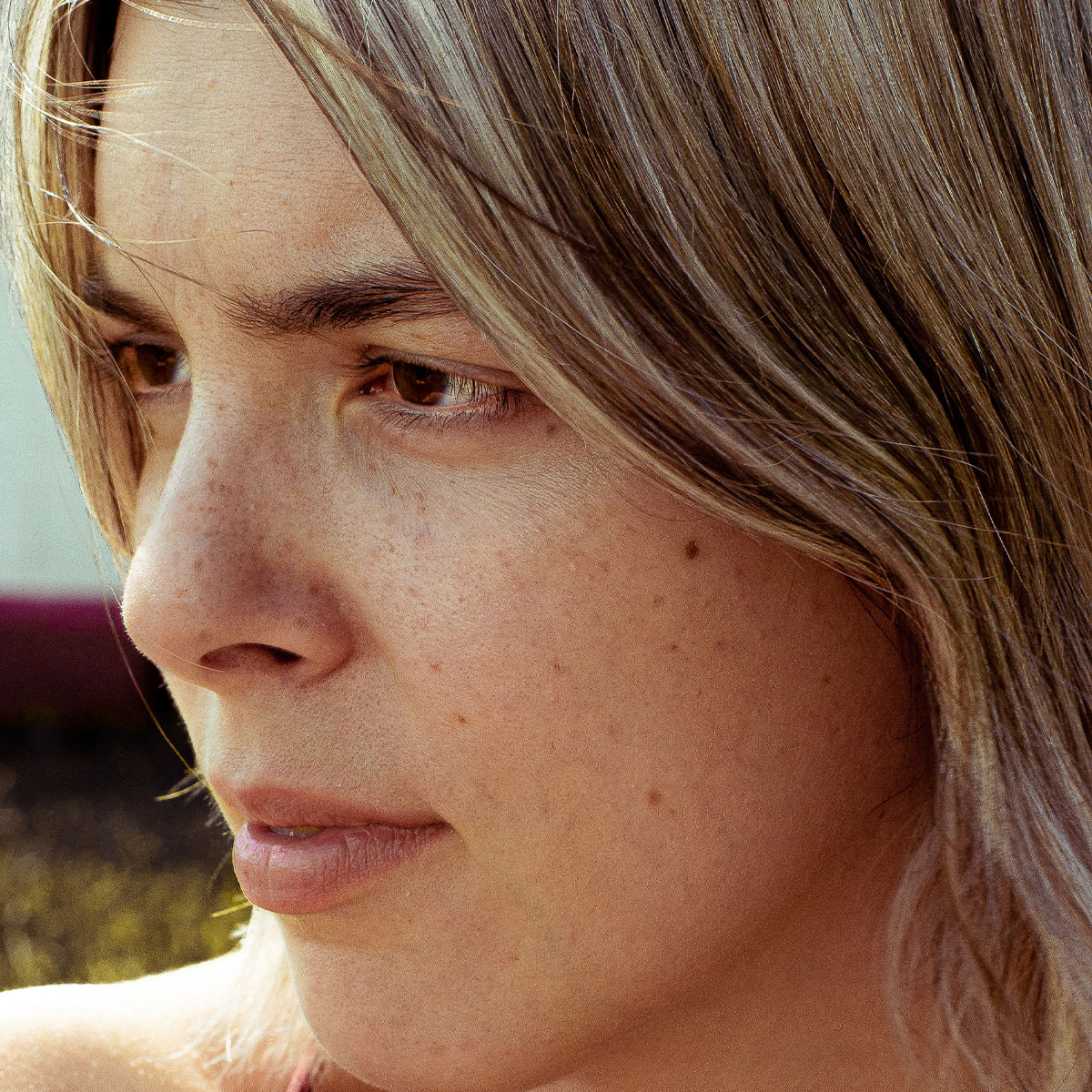What is dry skin?
Dry skin is a common skin condition characterized by insufficient oil content in the upper layers of the skin called the epidermis. Dehydration of the skin, or lack of water is confused with a lack of oil in the skin. Dry skin can affect all age groups but is more common as we age due to the reduction of oil production. In elderly individuals, the skin loses natural oils and lubricants over time. This increases their risk for dry skin. Body areas commonly affected are the arms, hands and lower legs. Humidity or the amount of water vapour in the surrounding air greatly affects hydration of the skin. Extreme cases of dry skin is also known as xeroderma or xerosis. Normally, the epidermis is composed of protein and fat (lipid) portions which helps prevent dryness of the skin. When the fatty oils are removed, it loses its natural protection and moisture more easily. Over time, the skin becomes dry, more sensitive and prone to the development of rashes and worse, skin breakdown (xerosis). Dry skin can sometimes be invisible to the naked eye, or it can be characterized by a fine, dry, powder-like appearance. If left untreated, the skin may become more irritated and can lead to the development of red rashes. Also, secondary bacterial infections such as eczema, cellulitis, cellulitis and skin discoloration can occur.
What is the treatment for dry skin?
Dry skin is a lack of oil in the skin so the treatment for dry skin is to replace those oils both externally and internally. The reduction of oil in the skin can be due to genetics, aging, medications or poor diet. Dry skin can be prevented by avoiding the use of harsh soaps, chemical cleansers, astringents and oil free moisturizers. Increasing Essential Fatty Acids internally like Fish Oils, Avocados, and selected nuts is effective, but must be used in conjunction with a correct skin care regime. Treatment generally requires religious applications of nourishing oils, serums and moisturizers. Moisturizers work by supplying an amount of oil to the skin by creating a protective layer. To get back to your normal skin we recommend a hydrating moisturizer.
Cleanser
A good home care routine is the perfect place to start. Ideally using a non-foaming cleanser such as a mousse or one with an oil base gives the nourishment a dry skin needs. Use of a nourishing cleanser morning and night to remove dirt and debris from the skin but not to strip the skin is ideal. A mousse, cream or oil based cleanser such as the Chi Rose Mousse and Ylang Ylang Cleansers will help return lipids back to the skin. This is what dry skin is lacking in. If wearing make-up it is important to cleanse twice – once to remove make up and second to balance the skin.
Spritz
A nourishing or hydrating spritz without any alcohol or astringents such as the Floral Spritz will replace the EWL to a dry skin. Toners and astringents are designed to degrease the skin and this will be counter-productive for a dry skin. Many skin care ranges claim that a toner removes the excess cleanser or make up. However, if this is the case then your cleanser is not doing the right job or you are not removing it correctly. Toners also claim to close the pores – this is a myth. Our pores are open follicles to allow sebum, sweat and toxins to leave the body. It is impossible to “close” the pores. With a dry skin that last thing you would want to do is not allow the natural oil to nourish the top layers of the skin.
Serum
Applying a glycerine based nourishing serum full of lubricating ingredients free of mineral oils and glycols is ideal. This will give instant relief to a true dry skin. The skin will feel relief once based nourishing serum full of lubricating ingredients free of mineral oils and glycols is ideal. This is what makes it feel tight and dry. Serums are a powerhouse of ingredients which can improve most skin issues. Serums should be used prior to a moisturiser. Chi’s Natto, Soothe and Calm Serums will bring instant relief to a dry skin. For anti-aging – Chi’s Smooth containing Swiss Apple Stem Cells, Epithelial Growth Factors and Blue Copper Peptides will enhance collagen synthesis.
Moisturisers
An oil based moisturizer such as Chi’s O2 will not only nourish a dry skin but add a protective layer, allowing the serum to do its work. O2 Revitalizing Moisturiser brings oxygen back to the skin with LYCD (Live Yeast Cell Derivative) one of its active ingredients. In addition, it is also calming and regenerating. LYCD (also known as Bio-dyne life force) has a skin respiratory factor that helps skin cells promote the healing process. It does this through an increased uptake of oxygen. LYCD has been isolated as a protein fraction, containing a mixture of several peptides. One of which is a peptide fraction that stimulates wound healing. Bio-dyne is known to be biologically active on skin cells. SOD (Super Oxide Dismutase) aids in the synthesis of both collagen (the structural protein of our skin) and GAGs (polysaccharides that lubricate, hydrate and protect or cells). Gingko Biloba and Vitamin E assists in free radical damage, whilst oils of Almond, Avocado, Wheat Germ, Hazel Nut and Carrot help to nourish a compromised skin, with Sodium Hyaluronate improving EWL (Epithelial Water loss/Dehydration). Finally, a mineral based sunblock is will complete a perfect home care routine.
Skin Exfoliation
Exfoliation is important but only once a week to once a fortnight for Dry skins. For resilient skins, use Chi’s Fruit Acid mix one night a week prior to moisturising then the following morning polish the skin in the shower with Bamboo Skin Polish. For more sensitive skins Fruit Acid Mix can be added weekly to your cleanser to give a gentle BHA treatment.
Sun Protection
Protect from sun damage. If sun exposure is inevitable, make sure to use sunscreen with SPF 30 or more to protect your skin from ultraviolet rays.[10] It’s ideal to use a mineral-based sunblock. These sunblock’s sit on the surface of the skin. Chemical sunblock’s tend to absorb into the skin and are now being found in skin cancers.
If you’re still not sure about the best way to treat or nourish your skin, consult with a certified and qualified Chi skin therapist who can recommend a prescribed skin care regimen.
REFERENCES
1. Fitzpatrick, Thomas B., et al. Dermatology in General Medicine. 4th ed. New York: McGraw-Hill, 1993.
2. Goroll, Allan H., and Albert G. Mulley. Primary Care Medicine: Office Evaluation and Management of the Adult Patient. 6th ed. Philadelphia: Lippincott Williams & Wilkins, 2009.
3. Marieb, E.N., Jon Mallatt, and Patricia Brady Wilhelm. Human Anatomy. 4th ed. Benjamin Cummings, 2004.
4. Resnick, B. “Dermatologic Problems in the Elderly.” Lippincott’s Primary Care Practice 1.1 Mar. 1997: 14-30.





